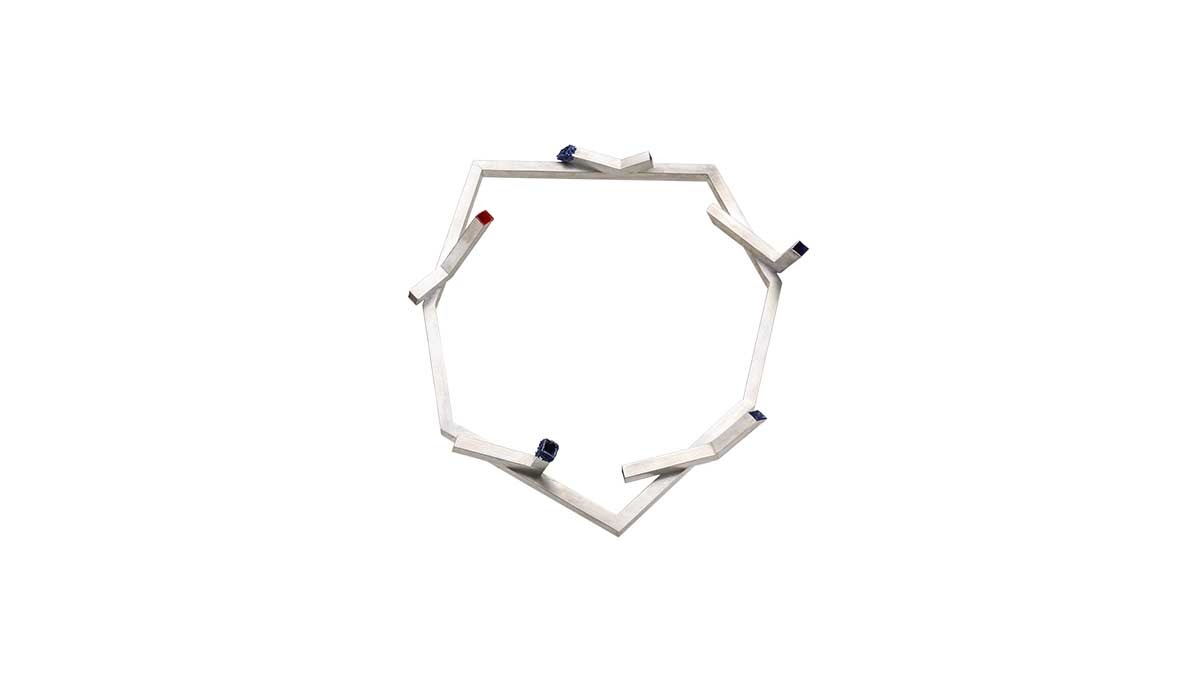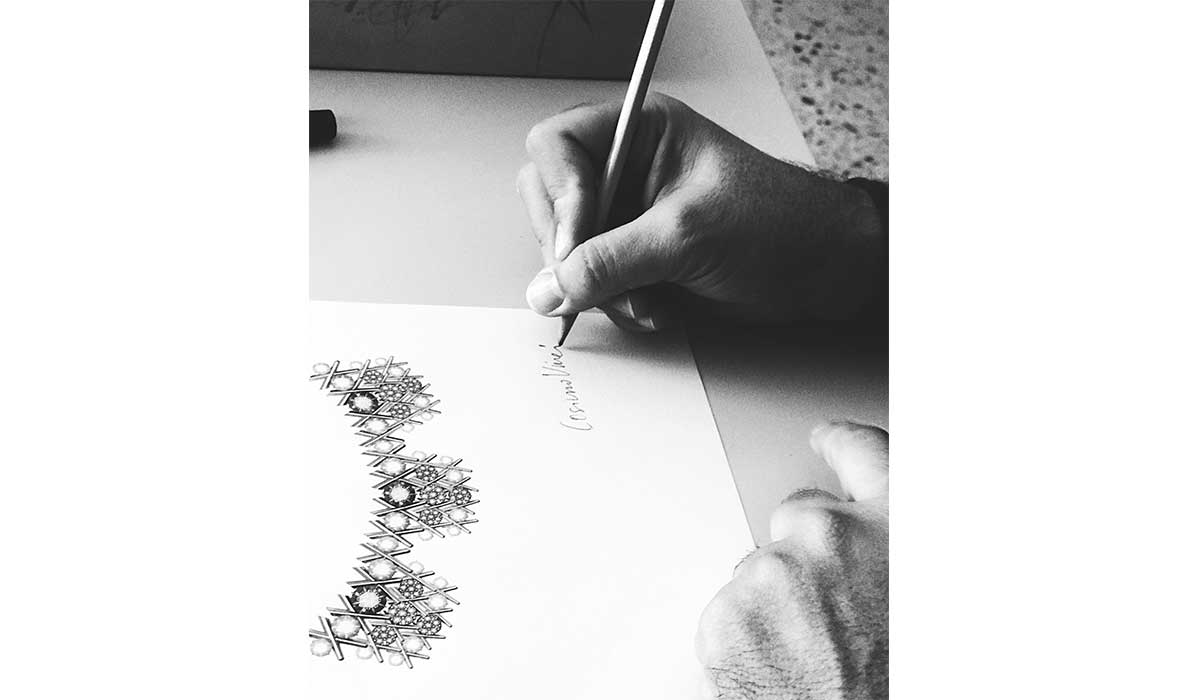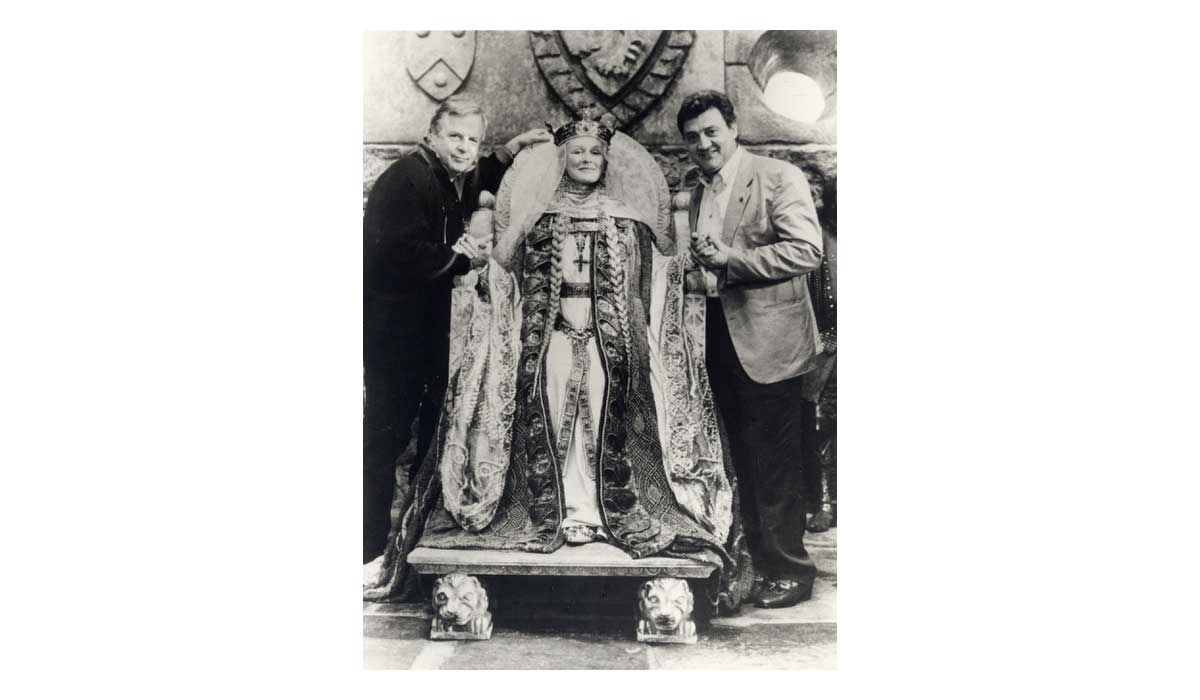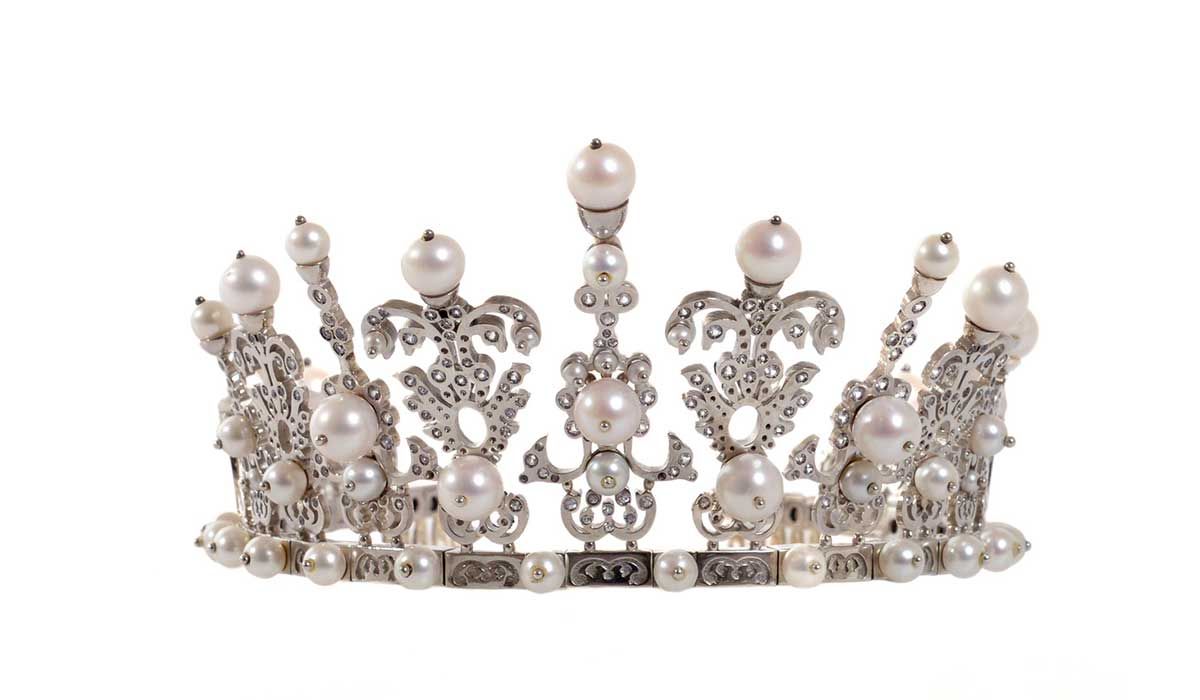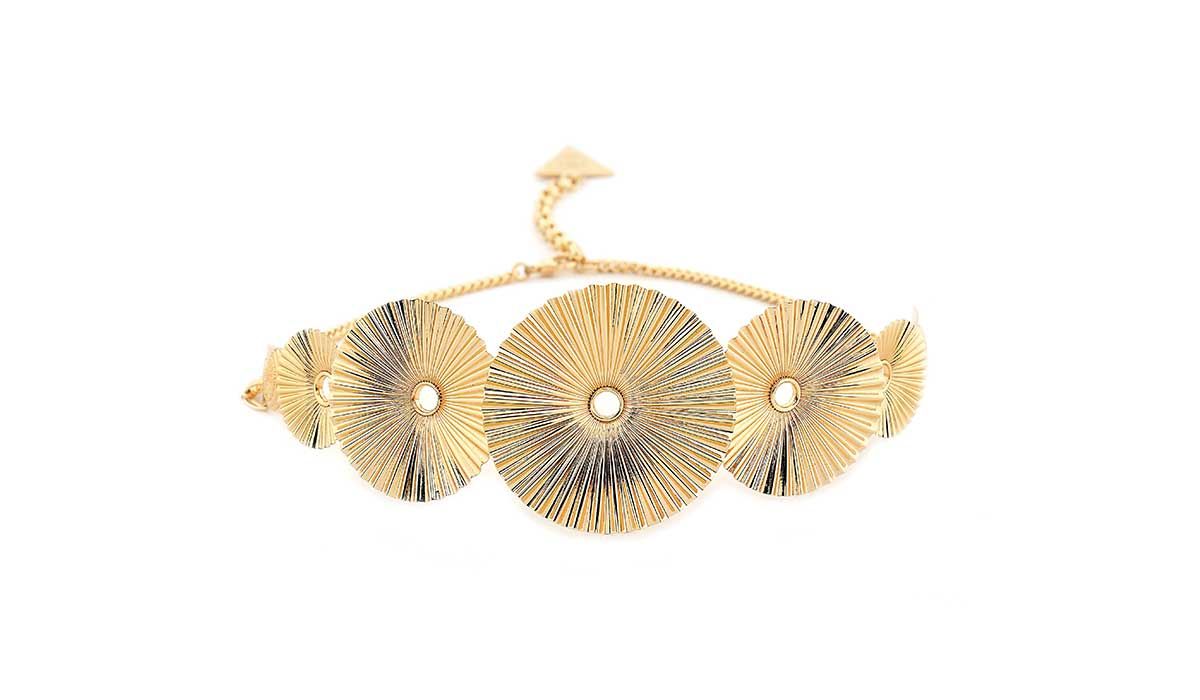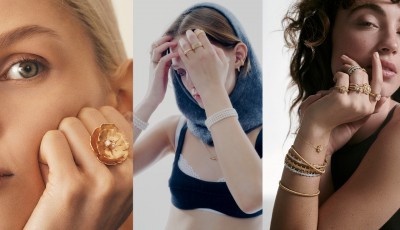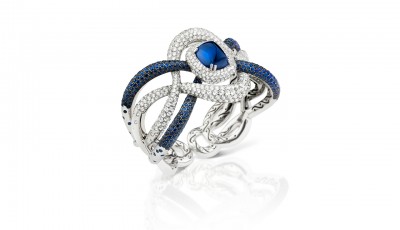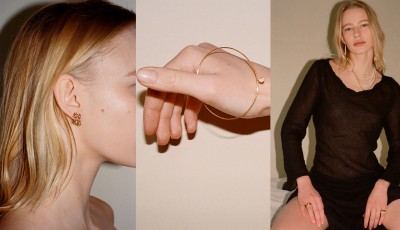Crowns and Tiaras in Vicenza
The curator Alessandra Possamai speaks about the new exhibition of Museo del Gioiello in Vicenza, ‘Jewellery of Power: Crowns and Tiaras’, from September 21 to March 18
How did you come up with the idea for this exhibition?
Over the last few months, print and social media have been focusing on crowns and tiaras, highlighting these timeless objects. Along with Alba Cappellieri, the Director of the Museo del Gioiello di Vicenza, we asked ourselves if some jewels are still current or not. And they are! There is still a market for crowns and tiaras. To put it simply, it is the way they are used and the users that have changed: today, the best in Italian gold arts can find new life in this tiny reality, which was once only for royalty. Film, theater and high fashion are the new buyers of a product that might have other inherent value but requires great creative and manufacturing ability.
What is the origin and evolution of these jewels over the centuries?
In ancient times, only men wore them. There were leafy crowns, laurel and olive wreaths, or golden rings of laurel or oak branches, rarely of ivy. Originally, they were intended as something sacred or honorable for the winners of the Olympic games, while for the Romans, they had heavy military and political distinction. Only in the late gothic period did crowns become a symbol of ruling power, becoming more and more precious and elaborate as the centuries went by. They also grew in height, with arches and distinctive elements of the degree of hierarchy within the royal family. An important distinction must be made between crowns and tiaras: the former are round and can only be worn by royalty, while the latter are semi-circled with an opening in the back. They can be worn by anyone, whether royal or not.
Can you tell us anything about the pieces you will be showing?
Each piece – about thirty – has its own importance in history. The tiara by Platimiro Fiorenza – the master of Trapani coral who created tiaras for the Borbone family in the past – illustrates his extraordinary ability in combining gold, diamonds, pearls and coral, recurring materials in the royal traditions of southern Italy. The crowns designed by Gerardo Sacco for some masterpieces in theater and film, such as Hamlet or Il Giovane Toscanini by Zeffirelli, are quite different. It was exciting for me to touch Ophelia’s pearl crown or those of Glenn Close and Alan Bates or even the one Elizabeth Taylor wore as Aida. Precious and semiprecious, with gold, stones, pearls and enamels, they feature the added touch of Hollywood allure. Moving from film through television to theater, Sacco’s tiara, known as ‘the one of the poor’ in The Betrothed graced the stage under the direction of Michele Guardì. It was made of pins using a granulation technique. Those of the Fratelli Ballarino are also stunning. Made in the small village of Cavour near Turin, his works have won over the royal houses of Bulgaria, Portugal and Savoy. They are contemporary yet made using models of the past. The tiaras of Rome’s Petochi jewelers – famous for its international clientele since the last century – will also be on show.
So aside from royalty, film…
Yes, film is offering new opportunities for this type of prestigious craftsmanship. But fashion and design are just as important, as they can ironically deconsecrate a status symbol. We are also showing tiaras by Sharra Pagano, artist Alberta Vita – this one made with silver and mica rock – and Babette von Dohnanyi, whose tiara is made with silver and glass. You can’t miss the one by Cosimo Vinci, who was able to give a modern and eco-friendly twist to the motifs and lines of an ancient art.


